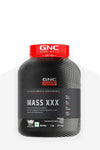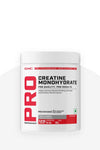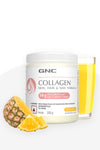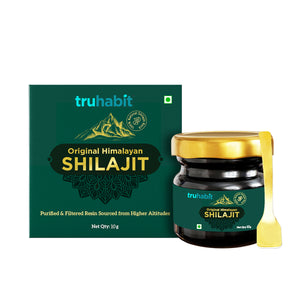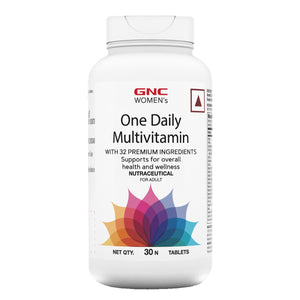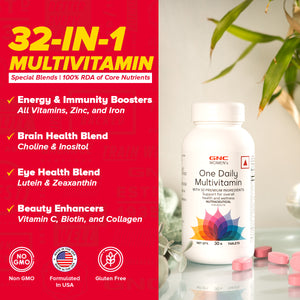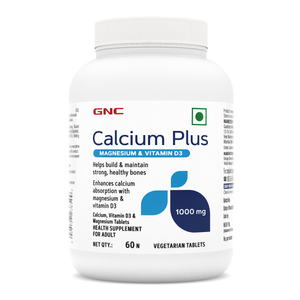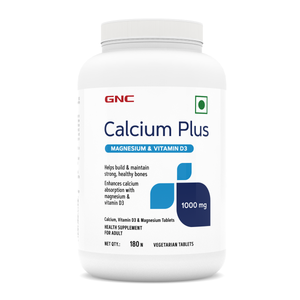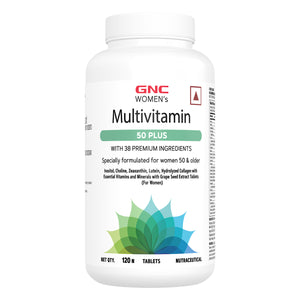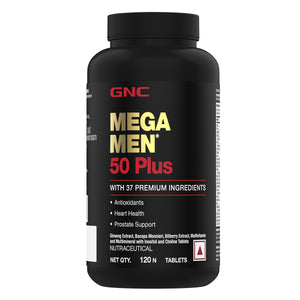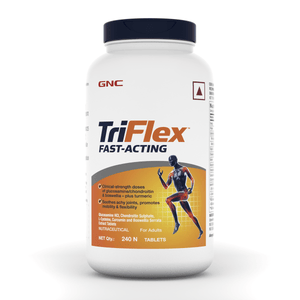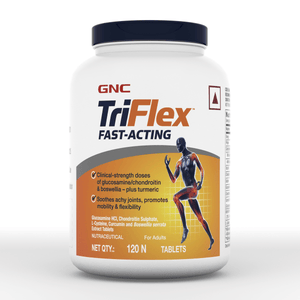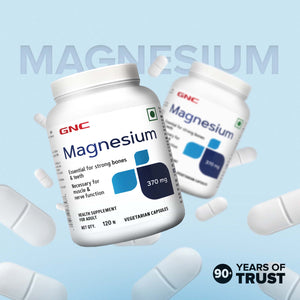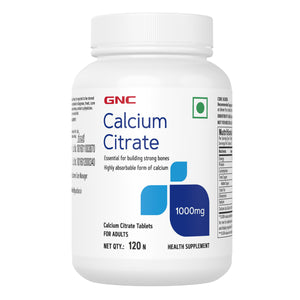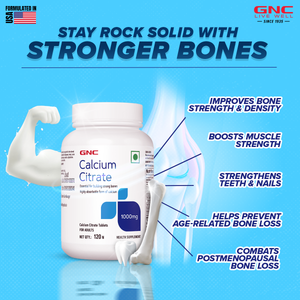What is Menopause?
It refers to the last menstrual period. Menopause is defined as the time of cessation of ovarian function resulting in permanent amenorrhea.
Why is it a concern now?
In 1990, about 25 million women worldwide reached menopause; this number is expected to double by the late 2020s. With the advent of modern medicine, there is a general increase in life expectancy, thus many women are likely to live for more than two decades beyond menopause, in an estrogen-deficient state. Some of the menopausal symptoms can affect a normal lifestyle.
Hence, menopausal health demands much serious attention in the Indian scenario.
6 essential nutrients to help tackle menopausal joint pain

One of the common symptoms seen during menopause would be extreme joint pain. It affects the knees, shoulders, neck, elbows, or hands. It slowly and gradually deteriorates your bond structure and finally leading to arthritis. Let’s stock up the required nutrients and save ourselves from the dreadful joint pain.
Glucosamine:
This supplement has the ability to nourish damaged joint cartilage. Research suggests that glucosamine sulfate relieves joint pain, improves mobility, and slows down osteoarthritis-related damage to the joints. Read the label to understand the exact source of glucosamine as studies have shown a more beneficial impact of glucosamine sulfate on joints as compared to the other sources.
Chondroitin:
Studies have shown that chondroitin sulfate has the ability to suppress inflammatory pathways in the body. It is also known to ward off or slow down the spread of joint damage. Supplementing with 1500mg of glucosamine and 1200mg of chondroitin has shown effective clinical benefits for joint health. Only by taking supplements with the clinically proven dosages can you be sure of the benefits of the supplement as seen in research studies.
Methylsulfonilmethane (MSM):
MSM is an organic sulfur-containing compound that lowers inflammation in the body. This, in turn, decreases joint inflammation and improves flexibility, allowing them to work efficiently.
Calcium:
As we age, two groups of cells stop working efficiently. One removes the old bone faster and the other is able to rebuild it. To add on to further, calcium absorption also decreases, and hence it is very much important to stock up calcium at a younger age.
Vitamin D & Magnesium:
Vitamin D3 (cholecalciferol) is a natural form of vitamin D that is synthesized in the skin as a response to exposure to ultraviolet rays from the sun. This fat-soluble vitamin has properties of both a vitamin and hormone and is required in calcium absorption and utilization. Studies have linked low Vitamin D levels with increased pain in hip and knee joints. Micronutrient like Magnesium also works synergistically with calcium and Vitamin D. Both these nutrients along with Calcium work on overall bone and joint health, as they work on bone density and strengthening.
Omega – 3 Fatty Acids:
One of the common end results of joint pain is Arthritis and this occurs due to inflammation of the joint. Omega-3 fatty acids especially EPA and DHA have shown positive results in preventing inflammation of the joints. Studies have revealed that consuming 1 to 3 grams of EPA +DHA can decrease joint pain.



